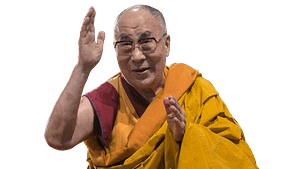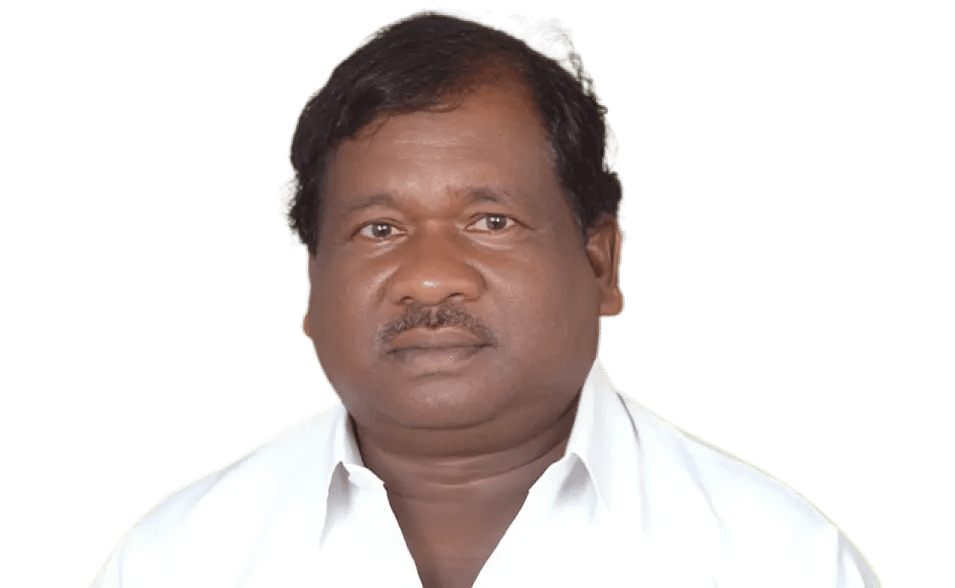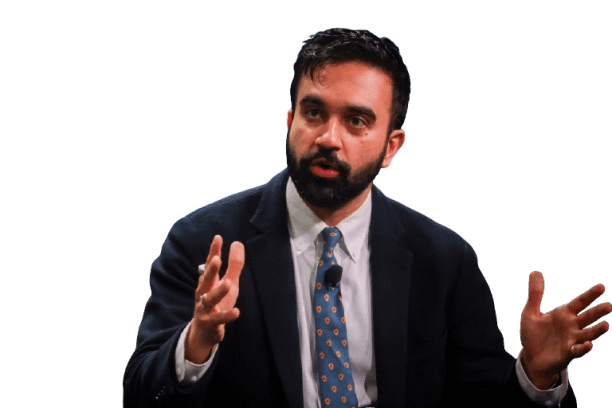14th Dalai Lama Life Of Biography

The 14th Dalai Lama, Tenzin Gyatso, is not just a spiritual leader of Tibetan Buddhism but also a global icon for peace, non-violence, and compassion. His life has been a remarkable journey — from a humble village boy in Tibet to the world’s most recognized Buddhist monk and Nobel Peace Prize laureate. Amidst political turmoil, exile, and advocacy for human rights, the Dalai Lama has emerged as a revered figure in both spiritual and diplomatic circles.
Dalai Lama Early Life and Education
Birth and Discovery
Tenzin Gyatso was born Lhamo Thondup on July 6, 1935, in Taktser, a small village in Amdo, northeastern Tibet (now part of Qinghai Province, China). He was born into a humble farming family as the fifth of sixteen children, only seven of whom survived childhood.
In 1937, when he was just two years old, he was identified as the reincarnation of the 13th Dalai Lama, Thubten Gyatso, based on Tibetan Buddhist traditions involving oracles, dreams, and signs. At the age of four, he was formally enthroned as the 14th Dalai Lama.
Monastic Education
The Dalai Lama began his formal monastic education at the age of six, studying a curriculum based on the five major and five minor sciences of Tibetan Buddhist scholarship. These include:
- Major sciences: Logic, Tibetan art and culture, Sanskrit, medicine, and Buddhist philosophy.
- Minor sciences: Grammar, poetry, drama, astrology, and synonyms.
He received his Geshe Lharampa degree (equivalent to a doctorate in Buddhist philosophy) in 1959, after passing rigorous oral and written exams. He also had exposure to modern education, particularly in politics, geography, and international affairs.
Dalai Lama Political and Spiritual Leadership
Assuming Political Power
Although enthroned at a young age, the Dalai Lama officially assumed full political power in 1950, at the age of 15, following the Chinese invasion of Tibet. Despite his youth, he tried to diplomatically resolve the conflict with the People’s Republic of China, but his efforts were unsuccessful.
In 1951, under duress, Tibetan representatives signed the Seventeen Point Agreement, acknowledging China’s sovereignty over Tibet. The Dalai Lama continued to function as both a spiritual and political leader under difficult circumstances.
Flight to India
In March 1959, after a failed uprising against Chinese rule in Lhasa, the Dalai Lama fled Tibet with the help of resistance fighters. He crossed into India and was granted political asylum by Prime Minister Jawaharlal Nehru. Since then, he has lived in Dharamshala, Himachal Pradesh, which houses the Tibetan Government-in-Exile.
Life in Exile and Global Advocacy
Promoting Tibetan Autonomy
From his base in India, the Dalai Lama has tirelessly advocated for the rights of Tibetans and greater autonomy for Tibet through non-violent means. He proposed the “Middle Way Approach”, which seeks meaningful autonomy for Tibet within the framework of the Chinese Constitution, rather than full independence.
His efforts have earned him widespread international respect but also criticism from China, which considers him a separatist.
Nobel Peace Prize
In 1989, he was awarded the Nobel Peace Prize for his consistent use of non-violence and peaceful methods in the struggle for Tibetan freedom. The award brought him global recognition and solidified his status as a symbol of peace.
Global Humanitarian Work
Apart from political activism, the Dalai Lama has championed:
- Interfaith dialogue
- Environmental awareness
- Secular ethics
- Human rights
- Women’s empowerment
He has met with world leaders, scientists, educators, and ordinary citizens to promote understanding, compassion, and kindness. His dialogues with neuroscientists and psychologists have helped bridge Eastern spirituality and Western science, particularly in the area of mindfulness and mental well-being.
Books and Teachings
The 14th Dalai Lama is a prolific author. He has written or co-written over 110 books, covering topics such as meditation, ethics, compassion, happiness, and the philosophy of Buddhism. Some of his internationally bestselling books include:
- The Art of Happiness
- The Book of Joy (with Archbishop Desmond Tutu)
- Ethics for the New Millennium
- Freedom in Exile (his autobiography)
His teachings are available in multiple languages and disseminated globally through books, speeches, and digital platforms.
Business Involvement
No Personal Business Ventures
As a Buddhist monk, the Dalai Lama has taken vows of celibacy and poverty. He does not run any business or have any direct financial interests in profit-making ventures. Any proceeds from his books, talks, or appearances are donated to charitable causes, mainly through the Dalai Lama Trust and similar foundations.
Dalai Lama Brand Usage
However, the “Dalai Lama” name has been used in various charitable and educational initiatives, including:
- Dalai Lama Center for Ethics and Transformative Values at MIT
- Mind & Life Institute, which bridges neuroscience and contemplative practices
- Dalai Lama Foundation, supporting global education and peace-building
These institutions operate as non-profit organizations focused on ethics, secular spirituality, compassion training, and dialogue.
Social Media Handles
The Dalai Lama maintains an active digital presence, managed by his official team. He shares teachings, reflections, quotes, and messages on peace and harmony across platforms.
Here are his verified social media handles:
- Twitter: @DalaiLama – Over 19 million followers
- Facebook: facebook.com/DalaiLama – Over 14 million followers
- Instagram: @dalailama – Over 2 million followers
- YouTube: Dalai Lama YouTube Channel – Teachings, interviews, and lectures
- Website: www.dalailama.com
He uses social media not for personal gain but to spread messages of non-violence, compassion, and secular ethics.
Net Worth and Financial Details
The Dalai Lama’s personal net worth is modest due to his vows of monastic simplicity. He does not possess wealth in the traditional sense, and most of his income is managed and directed toward religious, educational, and humanitarian causes.
Estimated Net Worth:
While figures vary, estimates suggest a net worth of around $1 million to $2 million USD. This includes donations, book royalties (redirected to charitable trusts), and international speaking fees — all of which are used to support the Tibetan exile community, monasteries, schools, and NGOs.
Charities and Contributions:
- Dalai Lama Trust
- Gaden Phodrang Foundation of the Dalai Lama
- Tibetan Children’s Villages
- Tibet Fund (USA)
Awards and Honors
The 14th Dalai Lama has received over 150 awards, honorary doctorates, and recognitions, including:
- Nobel Peace Prize (1989)
- US Congressional Gold Medal (2007)
- Templeton Prize (2012) for contributions to spirituality
- Freedom Awards from various cities and organizations globally
Personal Philosophy and Influence
The Dalai Lama’s teachings are rooted in Mahayana Buddhism, especially the principles of compassion (karuṇā), non-attachment, and interdependence. However, his approach is deeply universal, promoting what he calls “secular ethics”, which transcend religion.
He emphasizes:
- Kindness as a universal value
- Dialogue over conflict
- Science-informed spirituality
- Happiness through inner peace
His influence extends beyond Buddhism, impacting leaders, educators, scientists, entrepreneurs, and everyday seekers worldwide.
Retirement from Political Role
In 2011, the Dalai Lama formally retired from political leadership, transferring the political authority of the Central Tibetan Administration (CTA) to a democratically elected Prime Minister, now called the Sikyong. This marked a significant step in the democratization of the Tibetan exile community.
Succession Controversy
The question of who will succeed the 14th Dalai Lama remains complex. While traditionally, a new Dalai Lama is chosen through reincarnation and recognition, the Chinese government insists it must approve any successor, a claim the Dalai Lama and Tibetan religious authorities reject.
He has suggested:
- The institution may not continue after his death
- Reincarnation could take place outside Tibet or even in exile
- A female Dalai Lama is possible if it benefits society
This has created a geopolitical and religious debate with global implications.
Conclusion
The 14th Dalai Lama stands as a symbol of inner peace, resilience, and compassion in an era riddled with division and conflict. From his roots in rural Tibet to his exile in India, and then to global prominence, his journey is not only the story of a spiritual leader but also of a humanitarian, diplomat, philosopher, and global moral compass.
Despite the challenges of statelessness, political tension, and aging, he continues to inspire millions with his humility, wisdom, and commitment to a more compassionate world. His legacy will undoubtedly shape future dialogues on peace, ethics, and spiritual responsibility for generations to come.



